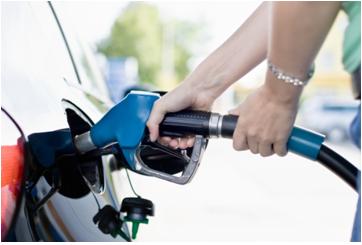You’ve probably heard it before, but following the speed limit will not only save you money on fuel, but it is also safer for you, your passengers, and the other drivers around you.
While all cars are different, on average vehicles operate at their most efficient between 55 and 90 km/h. Not all these speeds are suitable for highways, but as the chart below shows, fuel efficiency decreases rapidly after 100 km/h!

Source: Natural Resources Canada
When you drive 120km/h instead of 100km/h. you use 20% more fuel. More than 50% of the energy required to move a vehicle is spent overcoming aerodynamic drag (pushing air out of the way). The faster you drive, aerodynamic drag increases and fuel economy decreases.
Follow the speed limit and try and maintain a steady speed. Using your cruise control will help. When driving in regions with hills, it’s more fuel efficient to drive manually, letting your speed drop going uphill and build it up again going down the other side.
You may save a little time by speeding, but you will save yourself a load of money by simply following the speed limit. It’s that easy!




Recent Comments